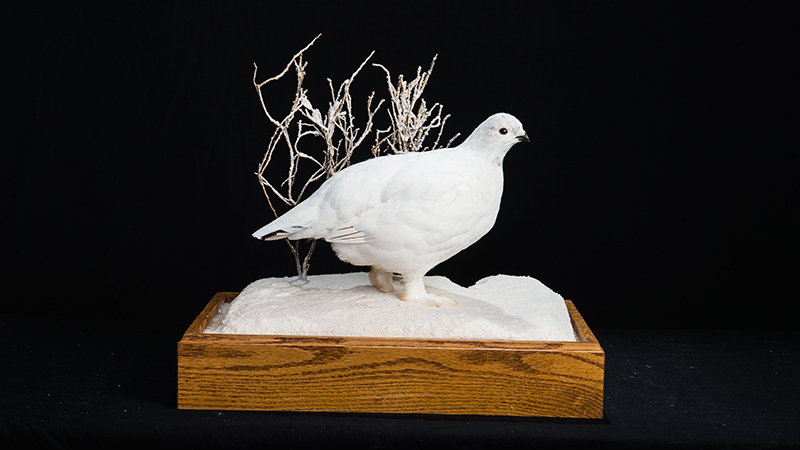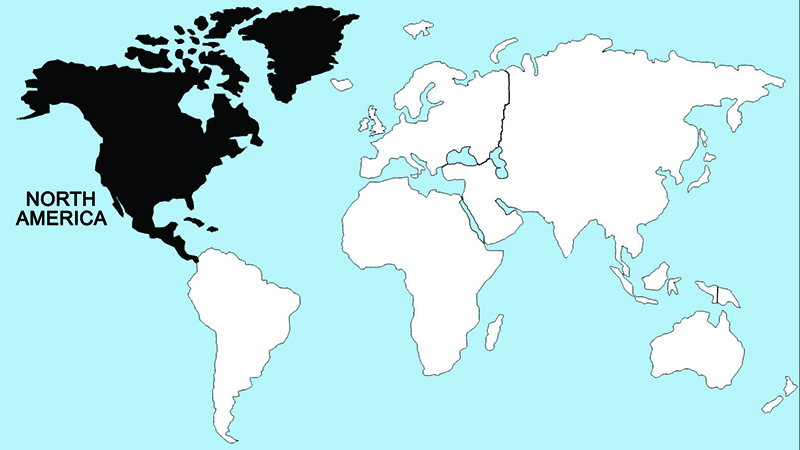Rock Ptarmigan

The rock ptarmigan is part of a group of arctic and alpine grouse that are widely distributed in the Northern Hemisphere, with the rock ptarmigan having the broadest high-arctic distribution of all. The breakup of winter flocks and the establishment of territories by males probably coincide with the emergence of breeding sites from snow cover.
Rock ptarmigan females build simple, shallow nests, the depressions often being little more than might be caused by the weight and movements of the brooding hen. The eggs are laid at an approximately daily rate. Records indicate an average clutch of about seven eggs, with considerable variability. The incubation period is 21 days, and after hatching the female is highly attentive of her young. Females with broods tend to congregate on higher, moist and gently sloping areas where a variety of grasses, shrubs, and herbaceous broad-leaved plants occur. As the broods mature they tend to merge, and these flocks in turn attract groups of other males and females. Thus flocks of several hundred may build up during the fall before the birds begin their movement to winter cover.
Regions Birds Are Found

Collection Location & Year
Canada - Yukon 2001
Taxonomy
| Order | Galliformes |
|---|---|
| Family | Phasianidae |
| Sub Family | Tetraoninae |
| Species | Lagopus |
| Genus | mutus |
Gender
Male
References
- Johnsgard, P. A. 1973. Grouse and Quails of North America. Lincoln, NE: Univ. of Nebraska Press.
- Johnsgard, P. A. 1983. The Grouse of the World. Lincoln, NE: Univ. of Nebraska Press.
- Cramp, S., and K. E. L. Simmons, eds. 1980. The Birds of the Western Palearctic. Vol. 2. (Hawks to Bustards) London, UK: Oxford Univ. Press.
- del Hoyo, J. A. Elliot, and J. Sargatal, eds. 1994. Handbook of Birds of the World. Vol. 2 (New World Vultures to Guineafowl). Barcelona, Spain: Lynx Editions.